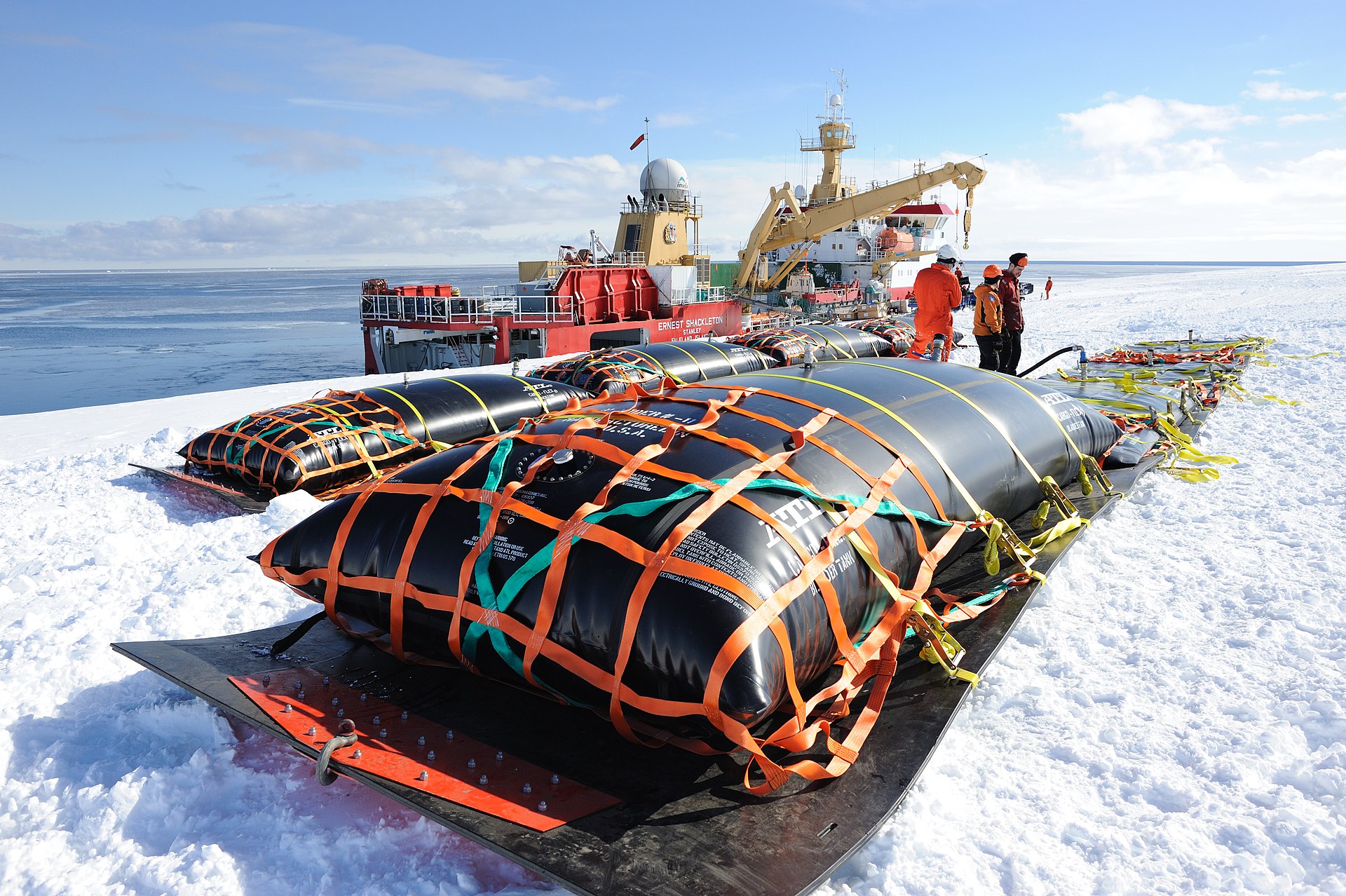¿Es la aleación de etileno e interpolímero (EIA) el tejido recubierto adecuado para mi producto?
CoatingDec 20, 2022
Selecting the right material is one of the toughest jobs in the coated thermoplastics industry. The capabilities and longevity of your product depend directly on the physical and chemical properties of the material you choose. The processing and manufacturing method is also quite important, but the importance of the right material can’t be denied as everything else is contingent on it. This is where Ethylene Interpolymer Alloy gets into the story.
Flexible EIA geomembranes (Ethylene Interpolymer Alloy) are among technical textile products’ most viable material choices. The material has the right physical and chemical resistance properties that allow it to perform in all conditions for a variety of applications.
This article covers EIA and what qualities make it so great. Read on to learn more!
EIA Explained
Ethylene Interpolymer Alloy or EIA is a copolymer of ethylene and vinyl acetate that is both flexible and elastic. The material behaves like thermoplastics and has numerous physical qualities like low-temperature toughness, UV resistance, chemical compatibility, and crack resistance. Read about the benefits of using EIA based on the application here.
The weight percentage of vinyl acetate and ethylene determines the overall physical properties of the resulting EIA material, with vinyl acetate varying from 10% to 40%. The higher the percentage of VA, the more rubber-like the resulting copolymer will be, which directly impacts the product’s industrial application.
There are three types of EIA copolymers:
-
- Low Proportion VA: Generally non-toxic with an average of 4% VA by weight. It requires the same process as thermoplastic material and has the same process as low-density polyethylene.
-
- Medium Proportion VA: The VA percentage varies from 4% to 30%, which gives it the same properties as rubber and PVC. The material is quite tough and has ideal low-temperature properties, which makes it an excellent choice for a wide range of materials.
-
- High Proportion VA: This EIA copolymer has a 40% proportion of VA, which allows it to have the same properties as a rubber. The EIA copolymer is referred to as ethylene-vinyl acetate rubber and has numerous applications in the prosthetic market.
Ethylene Interpolymer Alloy Performance Strengths
EIA is a step up from polyethylene because of its increased strength, tear resistance, and other properties. Here are some of the main properties primarily responsible for EIA’s versatility and longevity.
1 – Temperature Resistance
Outdoor applications usually have a lot of requirements, especially because of exposure to environmental elements and UV radiation. Temperature generally significantly affects the overall physical properties of thermoplastic products. Consistent exposure to high temperatures can cause softening and deterioration of the product’s shape. Similarly, low temperature can cause the product to harden and lose its elasticity, affecting the impact strength.
Fortunately, EIA comes free from such issues because of its temperature-resistant properties. The material remains unaffected by the changes in temperature, especially in cases of lower temperature. EIA doesn’t lose its physical properties even after exposure to the cold and continues to perform with consistency. This makes it a perfect material for outdoor applications.
2 – Chemical Stability
Many applications also demand relative chemical inertness from the raw material. Marine and environmental control equipment are some of the most popular applications of coated textiles. Moreover, many Flexitanks, tank liners and oil booms that store agricultural chemicals, fuel, or even drinking water use technical textiles as their base material, with their excellent resistance.
All these cases require chemical stability under varying conditions and resistance to chemicals. For instance, Flexitank storage used for fuel or agricultural chemicals demands the product to remain unaffected by the chemicals inside in all conditions. Even for drinking water, it’s essential to ensure that the storage tank itself doesn’t release any toxins or other harmful elements into the water.
3 – Abrasion Resistance
Another common requirement from all coated fabrics that make up the building block of marine safety and boating equipment is puncture resistance. The marine environment contains debris and elements that cause punctures and abrasions. The surface coat must be free from abrasions for longevity and proper performance.
EIA naturally resists all kinds of punctures and damages, ideal for applications that demand abrasion resistance. The material is tough and flexible enough to resist all kinds of damage, making it an excellent choice for various applications.
4 – UV Resistance
Apart from temperature resistance, UV compatibility is another demand for outdoor applications. UV radiations from the sun can deteriorate technical textiles and make them react with environmental elements. EIA can naturally resist any changes, even under constant exposure to UV radiation. This natural resistance makes many outdoor applications possible, which is precisely what’s required for longevity and performance.
ERcoat: Erez’s Answer to the Rising EIA Demand
Erez is a global player that remains at the forefront of the technical textiles industry, focusing on innovation and sustainability. Today, Erez has perfected that textile coating process, with the leading industry standards, to deliver materials with better mechanical, thermal, and chemical properties to ensure both performance and longevity.
Compartir esta entrada



